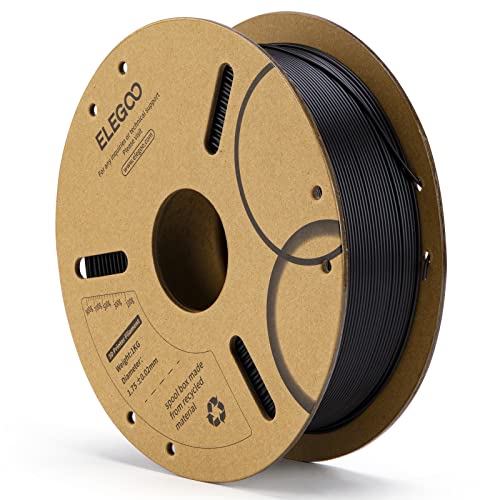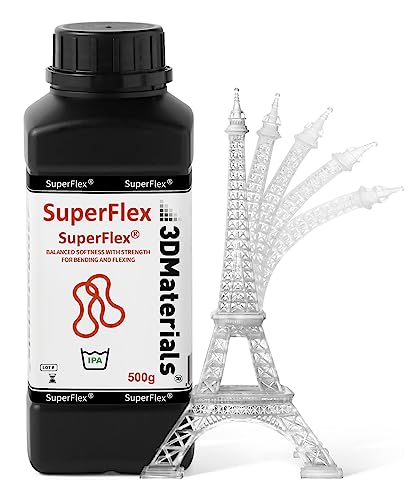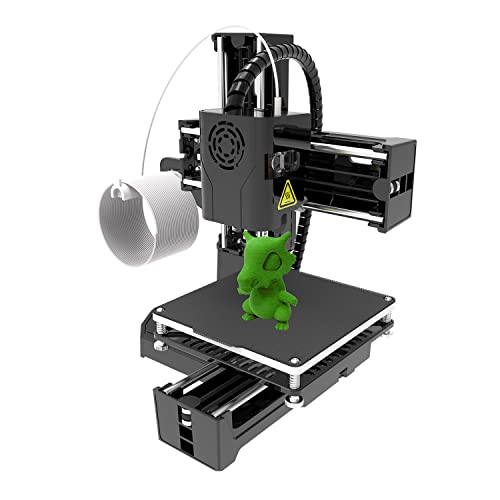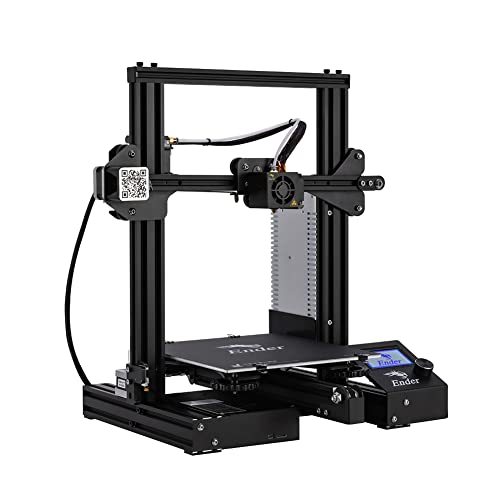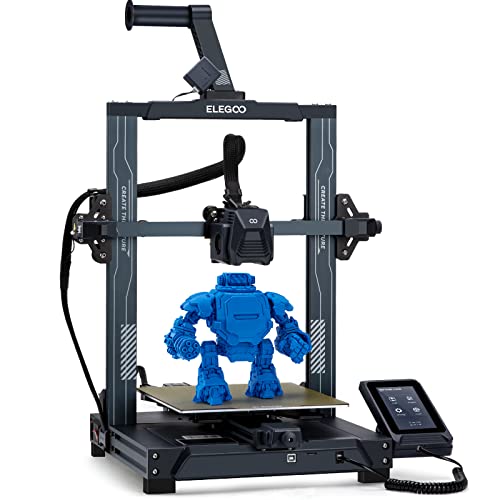When you dive into the world of 3D printing, expect to run into a few bumps along the way. Don't worry, common 3D printer problems are totally manageable with a bit of patience and some savvy 3D printer troubleshooting skills. Here are a few headaches you might face and how to tackle them!
1. Poor Adhesion to the Build Plate: Nothing is more frustrating than watching your print curl up or come loose halfway through. Make sure your build plate is clean and leveled properly. You can also experiment with different adhesives like glue sticks or painter’s tape to help your models stick better.
2. Filament Issues: If your printer refuses to extrude filament, it might be a clog in the nozzle. Check for any blockages by heating the nozzle and manually pushing the filament. Remember to keep your filament dry too—moisture can lead to bubbling and a ruined print.
3. Layer Separation: Seeing layers peel away from each other? That’s usually due to incorrect temperature settings or not enough adhesion. Adjust your print temperature according to the filament type, and ensure your printer’s cooling fan settings aren’t too aggressive.
4. Stringing: If you’re noticing little strings of plastic connecting different parts of your print, your retraction settings probably need adjustment. Tweak your retraction distance and speed to minimize stringing. It’s a small fix that can make a big difference!
These are just a few hiccups you might encounter. With some practice in 3D printer troubleshooting, you can easily resolve issues and enjoy the satisfying feeling of a successful print!
Quick Fixes for Printing Issues
Dealing with printing issues? You’re not alone! Let’s dive into some quick fixes that can save your day. These tips will help you tackle common hiccups during your 3D printer troubleshooting journey.
First up, check your bed leveling. An unlevel bed can cause all sorts of problems, like poor adhesion and uneven prints. Use a piece of paper to gauge the distance between the nozzle and the bed. Adjust until it feels just right. If you notice the first layer isn’t sticking well, it might help to re-level.
Then, look at your filament. Old or wet filament can lead to clogs and weird textures in your prints. Store your filament in a dry place and consider getting a filament dryer if you live in a humid area. If you suspect a clog, try cleaning the nozzle with a small pin or needle. This can often clear up the flow issues you’re facing.
Don’t forget about your printer’s settings! Sometimes the slicing software is the culprit. Double-check temperatures, print speeds, and layer heights. Each filament type has recommended settings, so make sure you’re following those to avoid problems.
If you see weird lines or gaps in your prints, check your motors and belts. Loose belts can cause layer shifting. Tighten them up if they seem too loose. Also, ensure the stepper motors are clean and free from debris. This simple maintenance can go a long way in keeping your printer running smoothly.
Black ELEGOO PLA 3D Printer Filament
High-quality PLA filament in black, designed specifically for your ELEGOO 3D printer
Product information
$13.99
Product Review Score
4.99 out of 5 stars
144 reviewsProduct links
Understanding Your 3D Printer Settings
Getting to know your 3D printer settings can feel a bit overwhelming at first, but don’t sweat it! Understanding these settings is key to mastering 3D printer troubleshooting like a pro. Each printer has its own quirks, but most share common settings that make a big difference in how your print turns out.
First up, let's talk about layer height. This is the thickness of each layer in your print. If you want super fine details, go for a smaller layer height. But remember, that means longer print times. On the flip side, a larger layer height speeds things up, but might sacrifice some detail. Finding that sweet spot is essential for good troubleshooting results.
Then, there’s print speed. This one can really change the game. If your printer is moving too fast, you might end up with a messy print or even missed layers. Slowing it down can help you achieve a smoother finish. But if you're in a hurry, you'll want to find that balance between speed and quality—this is where a little understanding can help with 3D printer troubleshooting.
Don’t forget about temperature settings! The nozzle temperature and the bed temperature can affect adhesion and the overall look of your prints. If you notice warping or poor layer adhesion, adjusting these temperatures can often solve those pesky problems. It’s all about experimenting and keeping note of what works best for your specific printer and material.
Finally, take a good look at retraction settings. This controls how much filament your printer pulls back when moving to a new location. Getting this right can minimize stringing and blobbing on your print, which can be a huge win in 3D printer troubleshooting. So, play around with these settings until you find what makes your prints shine!
Superflex 3D Printer Resin - Flexible Rubber 500g
Create stunning flexible prints with ease using this high-quality rubber resin
Product information
$29.80
Product Review Score
4.85 out of 5 stars
61 reviewsProduct links
Maintain Your Printer for Better Performance
Taking care of your 3D printer is like giving it a little TLC. When your printer is well-maintained, you’ll see better performance, fewer hiccups, and overall happier printing sessions. Here’s how to keep your printer in top shape.
First off, regularly clean the printer's bed and nozzle. Dust and debris can mess up your prints, so make it a habit to wipe down surfaces often. A soft cloth works wonders. For the nozzle, you might need a special cleaning tool or simply heat it up and gently clean it with a brush. This keeps the filament flowing smoothly.
Next, check the belts and rods. Keeping them tight and lubricated helps avoid any strange noises or print mishaps. A little oil on the rods every now and then keeps everything moving nicely. If the belts look worn or loose, tightening them can save you from a printing disaster.
Last but not least, keep an eye on the software side. Update your firmware regularly, as these updates can fix bugs and improve performance. A well-tuned slicer program is also crucial for proper layer adhesion and print quality. Trust me, a few minutes spent on these tasks can make a huge difference in your 3D printer troubleshooting adventures!
